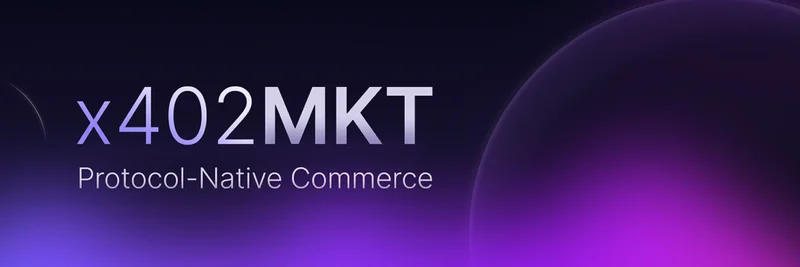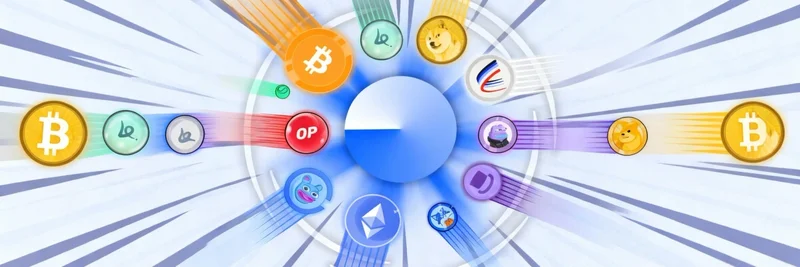Base is an Ethereum Layer 2 (L2) built by Coinbase on the Optimism OP Stack. It’s EVM-compatible, so Ethereum-style smart contracts and ERC-20 tokens work out of the box. That means tokens like LOOP can settle faster and with lower fees while staying anchored to Ethereum security. If you’re exploring LOOP on Base, here’s what’s known—and how to verify what matters before you trade.
Quick facts
- Token: LOOP (Base)
- Contract: 0xa763b711b55935f6d7ba2f93e1adf741e2446b07
- Status: No confirmed official project association found in public sources at this address
- Why it matters: Multiple, unrelated “LOOP” tokens exist on other chains; verify you’re looking at the right one on Base
First things first: verify the contract on Base
Because “LOOP” is a common ticker, start with onchain facts.
- Open the contract on Basescan: https://basescan.org/address/0xa763b711b55935f6d7ba2f93e1adf741e2446b07
- Check the basics:
- Total supply and decimals
- Holders and distribution (are top wallets concentrated?)
- Transfers and recent activity (is it active or dormant?)
- Creator/deployer address and whether the source code is verified
- Any linked socials or website in the token profile
- Review contract functions if you’re technical (e.g., trading taxes, blacklists, pausability). If not, rely on trusted tools that flag risky functions.
Simple explainer:
- ERC-20 means a fungible token standard (transfer, approve, balanceOf).
- “Verified code” means the source code matches the deployed bytecode, so anyone can audit it.
- “Holders” shows wallet concentration; high concentration can mean higher risk of dumps.
Important naming collisions to avoid
Not all “LOOP” tokens are the same:
- Loop Network (often on BNB Smart Chain and Ethereum) has its own unrelated LOOP token with a different address.
- Loop Crypto is a payments infra provider that operates on Base and other chains, but there’s no public evidence their service issues the LOOP token at the Base address above.
- Other similarly named tokens exist on Solana and elsewhere. Always verify you’re using the Base contract you intend to analyze or trade.
How to research liquidity and trading
Before any trade, ensure there’s real, healthy liquidity and that trading is safe.
- Find live pools and volumes:
- gmgn.ai token page (charts, trades, and security checks): https://gmgn.ai/base/token/fV1R5sZ5_0xa763b711b55935f6d7ba2f93e1adf741e2446b07
- Uniswap on Base (popular DEX for Base): https://app.uniswap.org/#/swap?chain=base
- Aerodrome (Base-native DEX): https://aerodrome.finance/
- What to look for:
- Liquidity depth (is there enough to enter/exit without huge slippage?)
- Trading taxes (buy/sell fees) and whether they’re adjustable by the owner
- Honeypot risk (can you buy but not sell?)
- Recent and historical price action (spikes, thin books, sudden liquidity pulls)
- Practical tips:
- Start with small test trades.
- Use reasonable slippage; avoid overly high slippage settings.
- Watch for trading pauses or blacklist-style functions in the contract.
The Base context: what LOOP could look like onchain
Any standard token on Base typically exposes:
- ERC-20 functions: transfer, approve, totalSupply, decimals
- Onchain metadata: verified code, contract creator, and events on Basescan
- DEX liquidity: pairs like LOOP/WETH or LOOP/USDC on Base DEXs if trading is active
If LOOP is meant for memes, community, or utility, you should eventually see:
- A public website and socials that reference this exact Base address
- Consistent messaging across X (Twitter), Discord/Telegram, and the token’s docs
- Transparent info about tokenomics, taxes, team wallets, and vesting
Due diligence checklist (use this before you ape)
- Contract address: Matches exactly 0xa763b7...b07 on Base everywhere it’s mentioned
- Source code: Verified on Basescan; functions reviewed for taxes/blacklists/pauses
- Ownership status: Is the contract renounced or upgradeable? Who can change fees?
- Liquidity: Is it locked? Where? For how long?
- Concentration: Are top holders/team wallets clearly disclosed?
- Trading safety: No honeypot behavior; small buy/sell test confirmed
- Community: Active, consistent channels and responsive team
- Roadmap/utility: Clear purpose beyond short-term speculation
Related “loop” concepts you might see (but not the same token)
- “Looped positions” in DeFi: Recursive borrowing/staking to amplify yields (a strategy, not a token).
- “Token loop” designs in gaming/economies: Structures that recycle value and rewards; unrelated to this specific Base contract unless explicitly stated by the project.
Bottom line
As of now, there’s no confirmed official project link to the LOOP token at 0xa763b711b55935f6d7ba2f93e1adf741e2446b07 on Base. That doesn’t make it good or bad—it simply means you should rely on onchain verification and basic risk checks before taking exposure. Start with the Basescan page to verify the contract and use market tools to observe liquidity, trades, and security signals.
If you decide to explore the market:
- Track and analyze at gmgn.ai: https://gmgn.ai/base/token/fV1R5sZ5_0xa763b711b55935f6d7ba2f93e1adf741e2446b07
- Check liquidity and potential routes on Uniswap (Base) and Aerodrome
- Keep position sizes sensible and reassess as new, credible information emerges
Stay curious, verify everything onchain, and protect your capital—especially with tickers as common as LOOP.




